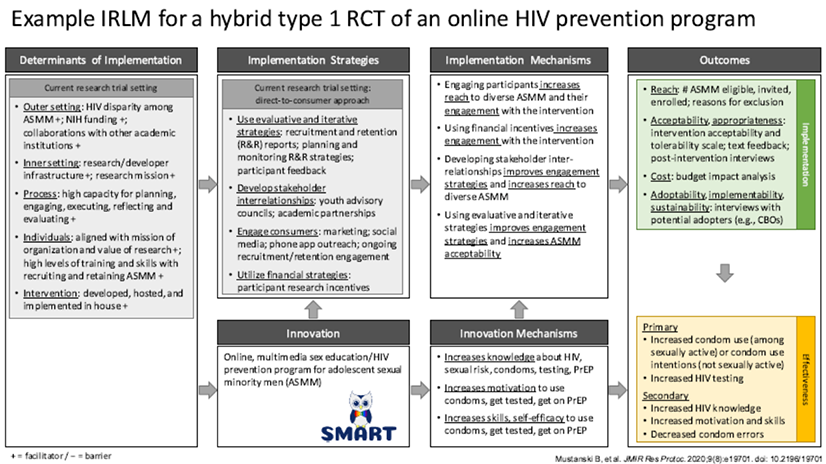CSPAR faculty members have led and partnered with other investigators on clinical trials and training initiatives using a number of Evidence-Based Interventions for Suicide Care.
CAMS (Collaborative Assessment and Management of Suicidality)
CAMS is a 4-12 session, outpatient, evidence based, suicide-focused treatment framework. This model can be integrated as an intervention in itself or integrated with other suicide prevention or behavioral health interventions. As its name implies, CAMS has two primary foci – establishing and maintaining a therapeutic alliance and keeping the focus on suicidality until it resolves. CAMS is liked by patients and clinicians and results in carefully crafted documentation.
- CSPAR faculty have evaluated CAMS in urgent mental health clinics, the military, and children’s mental health.
- Training in DBT can be found through CAMS Care.
- If you are interested in referring yourself or someone else to a CAMS program, see our CSPAR-Affiliated Clinical Programs.
Caring Contacts
Caring Contacts is a simple but powerful suicide prevention intervention. Instead of waiting for clients to reach out in distress, Caring Contacts clinicians reach out to clients repeatedly over time, leading to moments of connection and providing opportunities to offer help when it is needed. Caring Contacts is recommended by the VA/DoD Clinical Practice guidelines.
- Caring Contacts has been evaluated by CSPAR faculty in the VA, military, native communities, and rural and frontier west.
- Informatics Supported Authorship of Caring Contacts (ISACC) is a web-app developed to make it easy and practical for clinics and service organizations to send Caring Contacts.
- CSPAR is proud to offer training in Caring Contacts.
DBT (Dialectical Behavior Therapy)
Dialectical behavior therapy (DBT) is a cognitive behavioral treatment that was originally developed to treat chronically suicidal individuals diagnosed with borderline personality disorder (BPD) and is now recognized as the gold standard psychological treatment for this population. In addition, research has shown that it is effective in treating a wide range of other disorders such as substance dependence, depression, post-traumatic stress disorder (PTSD), and eating disorders. As such, DBT is a transdiagnostic, modular treatment. DBT is recommended by the VA/DoD Clinical Practice guidelines.
- DBT has been evaluated by CSPAR in the CARES study at Seattle Children’s Hospital and the Harborview DBT program.
- DBT training can be found with a number of organizations including CSPAR
- To refer yourself or someone else to a CSPAR-Affiliated DBT program, see our CSPAR-Affiliated Clinical Programs.
DBT-ACES
Dialectical Behavior Therapy – Accepting the Challenges of Employment and Self Sufficiency
DBT-ACES is an expansion and adaptation of Standard DBT featuring a second year of treatment designed to meet the needs of DBT graduates who want to increase self-sufficiency and maintain living wage employment. The goal by the end of the DBT-ACES year is for clients to have mastered skills and to have created environmental contingencies to provide sufficient momentum that is close to inevitable that they will achieve their employment, social, and independence goals. A recent paper by Carmel & Comtois explains how DBT-ACES strategies can be integrated into CBT.
- Training in DBT-ACES is provided through CSPAR on request. Please contact [email protected] for more information.
- To refer yourself or someone else to the CSPAR-Affiliated DBT-ACES program at Harborview, please our CSPAR-Affiliated Clinical Programs.
PARS (Preventing Addiction Related Suicide)
PARS is an interactive psycho-educational suicide prevention training program to be used within community addiction group therapy treatment. It was designed with input from addiction patients, counselors, administrators, and suicide experts to fit easily into Intensive Outpatient Programs, the most common form of addiction treatment in the U.S.
- PARS was found to be effective in a large pragmatic trial.
- CSPAR proudly offers PARS training.
Safety Planning Intervention
People at risk for suicide are likely to experience changes in their level of risk over time; acute suicide risk usually increases and then decreases over a short period of time. The goal of safety planning is for people to become more aware of their personal warning signs that a suicidal crisis is beginning or escalating so that they can take action before they are in danger of acting on their suicidal feelings.
- CSPAR faculty are evaluating Safety Planning Intervention at Seattle Children’s Hospital and in the rural and frontier west.
- Safety Planning Intervention training can be accessed through Stanley-Brown.
Suicide Care Clinical Pathways
Seattle Children’s Hospital Zero Suicide Initiative
This pathway was developed through local consensus based on published evidence and expert opinion as part of Clinical Standard Work at Seattle Children’s. Pathway teams include representatives from Medical, Subspecialty, and/or Surgical Services, Nursing, Pharmacy, Clinical Effectiveness, and other services as appropriate.
Behavioral Health Integration Program in UW Primary Care
This program is developing suicide care pathways through a Garvey small grant for the Suicide Care Research Center.



